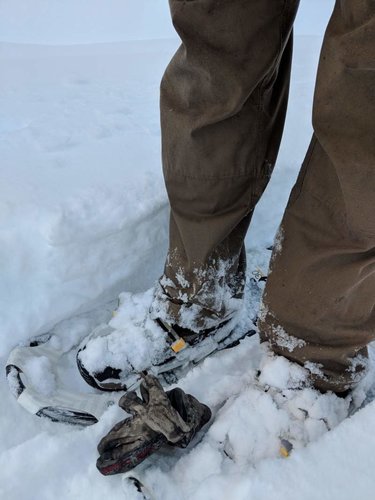Gerald Martin
Well-known member
- Joined
- Jul 3, 2009
- Messages
- 8,926
Key being along open roads vs closed/gated roads. As I understand it will only allow the setbacks to decrease on roads closed to vehicle travel. By the time wolf trapping commences, most other hunting with dogs other than hounds has ceased.
In the case of the dog in the bobcat cubby, that was already illegal and would remain so.
In the case of the dog in the bobcat cubby, that was already illegal and would remain so.





